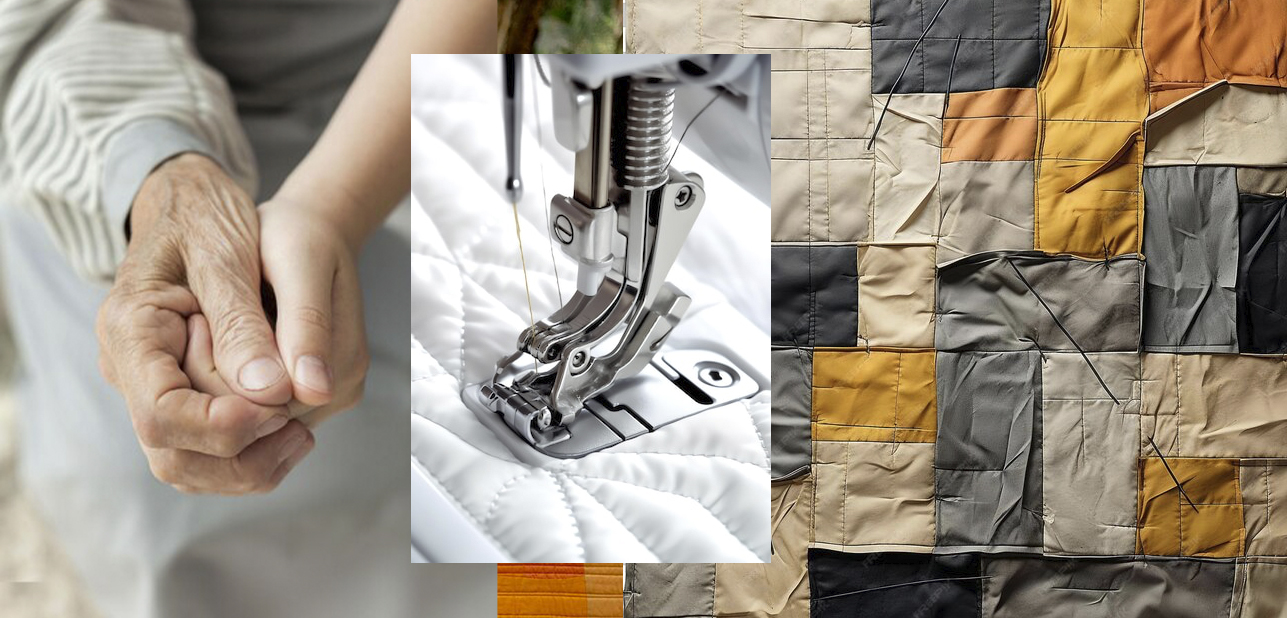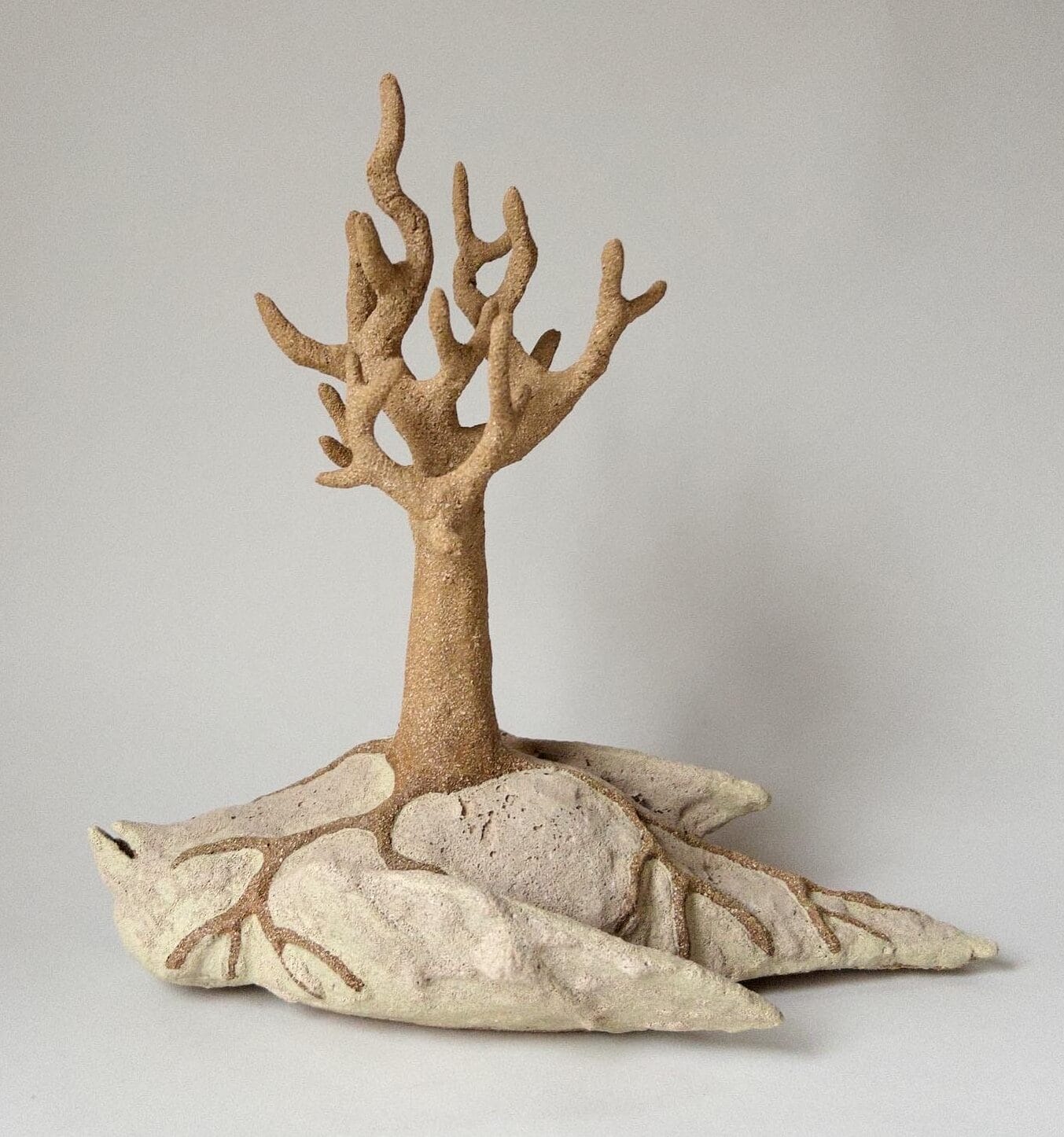Craftsmanship and Intergenerational Connection: How to Share Skills Between Generations

The Importance of Preserving and Sharing Skills
There is a unique bond found in craftsmanship, one that connects generations through the mastery and sharing of skills. As traditions fade and technology evolves, many valuable techniques and crafts are at risk of being lost. The question is: how can we foster a culture of skill sharing that bridges the age gap?
Benefits of Hands-On Learning
Hands-on learning emphasizes the importance of practical engagement, allowing individuals to understand concepts more deeply. Participating in activities like pottery, woodworking, or sewing not only teaches the physical skills necessary for the craft but also invokes a sense of achievement and satisfaction. For instance, a woodworking workshop where young adults learn to create furniture alongside seasoned woodworkers fosters an atmosphere where both teaching and learning occur simultaneously. Participants don’t just follow instructions; they engage in the process, ask questions, and collaborate on projects, creating a dynamic learning environment.
The Role of Storytelling
Every craft has its own narrative, and storytelling plays a crucial role in the transmission of knowledge. Stories about the origins of a particular technique or the personal anecdotes of craftsmen enrich the learning experience, adding context that makes the skill more meaningful. For example, a quilting group may not only teach the basics of stitching but also share stories about the times their grandmothers passed down family quilts, embedding rich histories into their work. These narratives not only preserve the craft but also strengthen the emotional connections between generations.
Strengthening Community Bonds
Community building through skill sharing is essential in creating local networks that empower individuals. Activities such as local food preservation workshops or gardening classes promote collaboration and fellowship. When individuals come together to learn, they forge connections that might not happen in more conventional settings. This sense of community is particularly vital in smaller towns, where local artisans can gather to share their skills, creating a network of support and resources.
Across the United States, there are vibrant examples of this practice, from knitting circles to blacksmithing workshops. These gatherings not only pass down techniques but also foster relationships between the young and the old. In urban centers like New York or San Francisco, community centers often host events where skilled craftsmen volunteer their time to teach others, bridging the technological divide while honoring tradition. They create a space where experiences are valued and respected.

In a world increasingly driven by digital innovation, reconnecting through traditional skills can lead to an appreciation of craftsmanship. Workshops on skills such as baking bread from scratch or candle making not only engage participants but can also offer a meditative escape from today’s fast-paced life. This renewed interest in handcrafts encourages us to cherish the past while embracing the future. Discovering how to share skills between generations may just become the antidote to the alienation of modern life, nurturing both personal growth and communal ties.
DON’T MISS: Click here for helpful tips and tricks
Bridging the Generation Gap Through Craft
As the world becomes increasingly digitized, the rich tapestry of human craftsmanship remains a testament to our heritage. Craftsmanship serves not only as a means of creating functional items but also as a method for fostering intergenerational connections. By engaging in craftwork, younger generations not only acquire valuable skills but also engage with the wisdom and experience of their elders. The question then arises: how can we effectively facilitate this exchange of knowledge and skills?
Creating Opportunities for Skill Exchange
One effective approach to sharing skills between generations is through the establishment of local workshops or community classes. These hands-on sessions can be tailored to include a variety of crafts such as knitting, woodworking, pottery, or even traditional cooking. By offering these workshops, communities encourage participation across all age groups. Here are a few formats to consider:
- Mentorship Programs: Pairing younger individuals with seasoned artisans allows for a focused approach to learning. This could involve a series of lessons where both parties contribute their knowledge.
- Craft Fairs: Hosting local events showcases the work of craftspeople, inviting community members to participate in hands-on demonstrations and workshops. These fairs create a lively, interactive atmosphere ideal for skill-sharing.
- Online Platforms: Leveraging technology, platforms that connect mentors and learners can help facilitate skill exchange even when physical proximity is a barrier.
These formats not only promote skill sharing but also help build relationships between generations. For instance, when a grandchild learns how to sew from their grandmother, they not only develop a new skill but also bond over stories of the past, thus fostering a richer relationship.
Encouraging Active Participation
To make the skill-sharing experience engaging, it’s essential to encourage active participation. Instead of passively receiving lessons, individuals should feel empowered to experiment and express their creativity. Encouragement to play with materials, try different techniques, and voice opinions cultivates an engaging environment. For example, in a pottery class, participants can be given the freedom to design their own pieces while guided by experienced artisans, leading to a more memorable and fulfilling learning experience.
Moreover, success stories from around the United States illustrate the positive impact of shared craftsmanship. Initiatives such as the Craft in America program have highlighted how traditional crafts can serve as a conduit for storytelling and personal expression, leading to a heightened appreciation for both the craft and the community. These narratives not only deepen the understanding of the craft but also inspire others to engage with these skills.
Overall, sharing skills between generations is not merely a transfer of knowledge; it is a dynamic, living tradition that nurtures creativity, fosters relationships, and strengthens communal bonds. Embracing this philosophy can lead to a resurgence in traditional crafts while simultaneously forging deeper connections across age groups.
Exploring the Dynamics of Skill Sharing
One of the profound ways to bridge the gap between generations is through the exchange of traditional craftsmanship knowledge. Engaging in activities such as woodworking, sewing, or pottery can not only foster close family ties but also ignite a passion for preserving cultural legacies. The act of teaching a younger person to carve wood or weave fabric is more than just a skill transfer; it’s an opportunity for storytelling and sharing life experiences.
Key Benefits of Intergenerational Skill Sharing
Through this connection, older generations pass down not only their specific skills but also precious life lessons and values. For instance, a grandparent sharing their gardening techniques can also delve into discussions about patience, persistence, and nurturing care—all essential values cultivated just as seeds are planted and nurtured over time. These shared moments create a tapestry of rich learning experiences that can strengthen family bonds.Moreover, engaging younger generations in craftsmanship encourages a sense of purpose and achievement. When a child sees a finished product, whether it’s a beautifully knitted scarf or a handcrafted piece of furniture, their sense of accomplishment boosts their self-esteem and inspires them to create more. Research indicates that such hands-on experiences promote brain development, creativity, and critical thinking skills, equipping the youth with tools they can use in various facets of life.
Creating Opportunities for Connection
Programs and workshops designed to facilitate intergenerational skill sharing are increasingly popular, creating structured environments where participants can engage without pressure. These initiatives often include local community centers or schools, where older individuals can share their expertise in crafting, cooking, or various trades, while younger volunteers assist and learn simultaneously. Integrating technology into these traditions can also enhance learning. Video tutorials or virtual meet-ups allow for remote sharing of skills, making it even more accessible for diverse family members to contribute. In an era marked by a fast-paced digital world, bringing the art of craftsmanship into the spotlight shows the immense value of slowing down and appreciating the time-honored skills that have shaped our societies. The exchange of knowledge will not only enrich the young minds of today but will also safeguard these treasured practices for future generations.
| Advantages of Craftsmanship | Intergenerational Connections |
|---|---|
| Preservation of Cultural Heritage | Younger generations gain insights into their heritage through stories and hands-on skills. |
| Enhancing Communication Skills | Fosters better relationships through meaningful dialogue and collaborative projects. |
In this context, crafting becomes a language of its own, transcending age barriers and creating a shared experience that thrives on mutual respect and admiration. By engaging in these practices, both older and younger generations can enjoy an enriching journey of learning, creativity, and legacy.
DISCOVER MORE: Click here to learn how to create your ideal garden oasis
Reviving Traditions Through Collaborative Craft Projects
Beyond workshops, collaborative craft projects serve as powerful tools for sharing skills and fostering intergenerational bonds. Engaging in joint projects not only facilitates an exchange of knowledge but also enables participants to create something meaningful together. By emphasizing project-based learning, each generation brings unique perspectives and techniques, resulting in a fusion of ideas that enriches the final product.
Community Art Installations
One intriguing example of collaborative projects is the growing trend of community art installations. These projects allow participants of all ages to contribute their skills to a shared vision. For instance, in cities across the United States, community gardens have emerged not just as spaces for cultivation but also as platforms for collaborative art, where elders teach youth to create garden sculptures or murals from recycled materials. Such endeavors not only beautify neighborhoods but also create teams of individuals working toward a common goal, fostering relationships in the process.
Generational Story Quilts
Another compelling project is the creation of generational story quilts. These quilts stitch together not just fabric but narratives, producing a visual representation of family history. Elders can share techniques of sewing and design while imparting stories that embody family heritage. As younger participants learn to sew quilt patches that represent personal experiences, they also engage in conversations that deepen understanding of their cultural lineage. Such projects are particularly poignant in families with rich histories, as they bridge generational gaps while encapsulating shared memories.
Encouraging Innovation through Challenges
Moreover, inviting families to participate in crafting challenges can spark creativity. Local organizations might host events where generations team up to tackle design competitions, perhaps creating items from a limited set of materials. This not only encourages collaboration and innovation but also helps participants appreciate each other’s skills and approaches. This type of engagement can be particularly effective in environments that promote dialogue and experimentation, allowing generations to learn from one another in an organic, enjoyable manner.
The Role of Local Organizations
Organizations such as museums and arts councils play crucial roles in promoting these intergenerational craft initiatives. Many have started to integrate craftsmanship education into their programs, recognizing its value as a tool for community building. For example, the Smithsonian Craft Show highlights traditional artisans while providing workshops that connect expert craftsmen with local youth. Such initiatives help maintain the legacy of craft while inspiring the next generation to explore their creative potential.
As we witness this revitalization of craftsmanship, it becomes evident that sharing skills between generations does more than just preserve traditions; it enriches the very fabric of our communities. By providing platforms for collaboration, fostering family-oriented projects, and engaging with local organizations, we can create spaces where craftsmanship thrives and intergenerational connections flourish—ultimately leading to a beautiful merging of old and new.
EXPLORE MORE: Click here to dive deeper
Conclusion: Building Bridges Through Craftsmanship
As we’ve explored throughout this article, craftsmanship and skill-sharing form a vital link between generations, serving as a conduit for education, community building, and personal connections. By engaging in collaborative projects, such as crafting community art installations or making generational story quilts, families and communities can weave together their diverse experiences, ultimately creating a rich tapestry of shared knowledge and understanding.
The role of local organizations cannot be understated; their initiatives not only promote intergenerational connections but also amplify the voices of traditional artisans, ensuring that the skills and stories of the past remain alive for future generations to cherish. These endeavors inspire innovative collaborations that enhance creativity and provide a platform for dialogue across age groups.
Embracing the principles of craftsmanship as a tool for intergenerational engagement is not just about preserving traditions; it’s about fostering resilience and creativity in our communities. As younger generations learn from their elders and vice versa, we build an environment where mutual respect and appreciation for varying skill sets flourish.
Moving forward, let us encourage more opportunities for collaboration, whether in homes, schools, or community spaces. Through these shared experiences, we can reinforce not only our cultural heritage but also the bonds that keep us united. In a world increasingly dominated by technology, the irreplaceable experience of hands-on craftsmanship offers a unique opportunity to connect, learn, and grow together.


